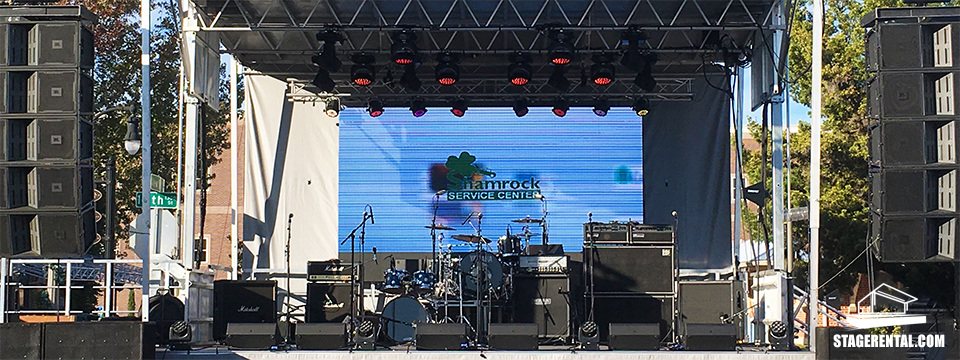Investigating the Longevity of Light Emitting Diode Wall Screens in Comparison to Traditional Screen Technologies
Light-emitting diode panel panels have become increasingly favored in current times, especially in settings like schools, corporate spaces, and community areas. These panels use LED lights (LEDs) to create bright and vibrant visuals. One of the most significant benefits of LED innovation is its longevity in contrast to conventional screen methods, such as CRT tube tubes (CRTs) and liquid crystal screens. Grasping the distinctions in lifespan and performance between these options can assist buyers make knowledgeable decisions about their display requirements.
Classic screen technologies, like CRTs, have been present for many years. They were commonly used in TVs and computer monitors. However, CRTs have a limited lifespan, generally lasting approximately 10,000 to 20,000 hrs of operation. This means that after a few of years, users may observe a deterioration in image quality, such as dimming or hue distortion. In contrast, LED panel screens can last significantly longer, frequently exceeding 50,000 hrs. This extended duration means that users can enjoy reliable performance without the requirement for frequent substitutions.
Another important factor to take into account is energy efficiency. LED panel screens consume less power than traditional screens, which not only benefits the environment but also reduces power expenses. For example, while a CRT monitor may consume approximately 100 W of power, an LED screen can use as little as 30 to 50 W. This discrepancy in energy consumption adds to the total longevity of LED technology, as reduced energy consumption generates minimal heat. Excessive thermal energy can harm electronic components, leading to a reduced duration for traditional displays.
In addition to their longer duration and energy efficiency, LED panel screens also offer superior visual clarity. They provide brighter hues and improved contrast, making them perfect for multiple uses, from marketing to educational presentations. The innovation behind LED screens enables for a wider viewing angle, meaning that visuals stay clear and vibrant even when seen from the side. This is a major benefit over traditional displays, which frequently experience from hue distortion and reduced brightness at broader perspectives.
In conclusion, the longevity of LED wall screens in contrast to conventional screen technologies is a crucial factor for consumers to take into account. With durations that can surpass 50,000 hours, power conservation, and enhanced image quality, LED technology provides many advantages. As innovation continues to advance, LED wall panels are probably to become even more common in multiple settings. Understanding these differences can assist people and organizations make better choices when find more investing in display innovation, guaranteeing they receive the optimal worth for their needs.